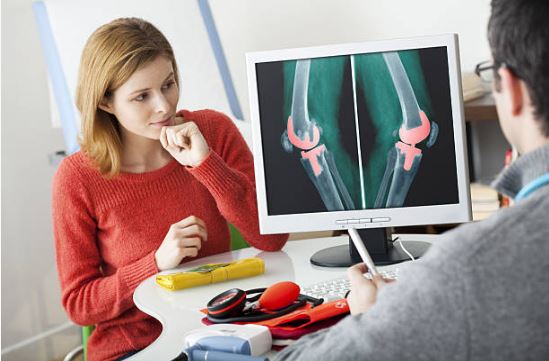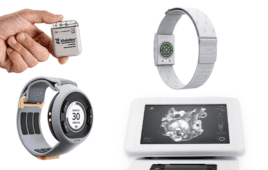
(Credit: Getty Images)
Why are women at higher risk of complications after total hip or knee replacement surgery? An increased rate of hypersensitivity to the metals contained in joint implants might be a contributing factor, suggests a study in the April 19 issue of The Journal of Bone & Joint Surgery. The journal is published by Wolters Kluwer.
Among patients with unexplained pain after undergoing total joint replacement with metal-containing components, women are more likely than men to test positive for metal sensitization, according to the report by Nadim J. Hallab, PhD, and colleagues from Rush University Medical Center, Chicago. “These findings may explain, at least in part, the sex disparity in the outcomes of certain TJA [total joint arthroplasty] implant designs,” the researchers write.
Higher Rate and Severity of Metal Sensitization in Women after Joint Replacement
The authors reviewed data on 2,613 patients who were evaluated for unexplained joint pain after total hip and/or knee replacement. All had metal-containing joint replacement components, and none had signs of infection, inflammation, or other findings that would explain their pain.
The patients averaged 62 years of age; 60 percent of the patients were women. Average time since joint replacement was about three years, and in most cases less than two years. Women had higher average pain scores than men: 6.8 versus 6.1, on a scale of 0 to 10.
All patients underwent a blood test–the lymphocyte transformation test, or LTT–to evaluate immune cell sensitization to metals. The LTT can assess whether the patient has developed hypersensitivity to one or more of the metals contained in the implant components, such as cobalt, chromium, or nickel.
The LTT results suggested immune sensitization to implant metals in 49 percent of women, compared to 38 percent of men. The difference persisted when researchers used a more stringent definition of sensitization: 25 versus 18 percent. In addition, among patients with positive LTT results, the severity of metal sensitivity was greater in women.
Prior to blood testing, 29 percent of women with pain after joint replacement said they had allergic skin reactions to metals, compared to four percent of men.
The results show a “remarkable and significant” increase in immune cell sensitivity to metals in women compared to men with unexplained pain after total hip or knee replacement. “This supports both our hypothesis and previous reports that females may have a higher risk of adverse responses to implant metals,” Dr. Hallab and coauthors write.
The findings support the possibility that the higher rate of complications after total joint replacement in women may have an “adaptive immunological basis.” But it’s still unclear whether the sex-related difference in immune sensitization is related to intrinsic biological factors, such as hormones, or to environmental factors, such as exposure to metals in jewelry or cosmetics.
The study also couldn’t determine whether sensitization to metals is a pre-existing condition, or induced by the metal-containing joint implants, or a combination of the two. The researchers call for more targeted studies to assess the clinical outcomes of patients who test positive for metal sensitization. Dr. Hallab adds, “We feel these results add credence to the utility of metal allergy LTT testing for diagnosing orthopaedic patients who demonstrate a history of dermal metal allergy or have an implant with idiopathic pain and/or peri-implant inflammation.”




